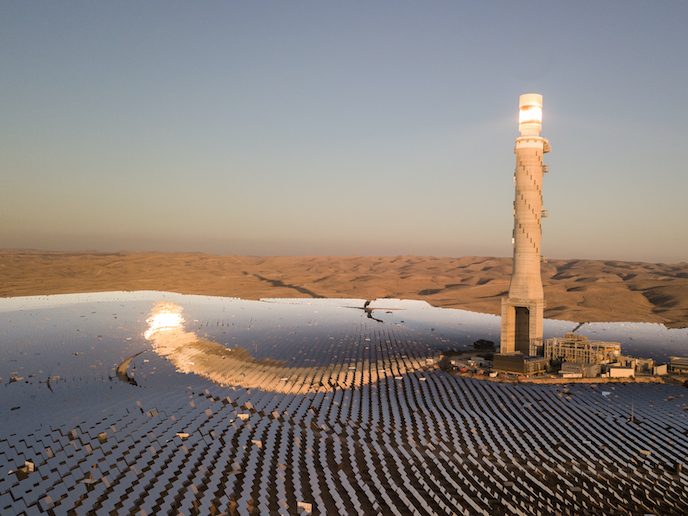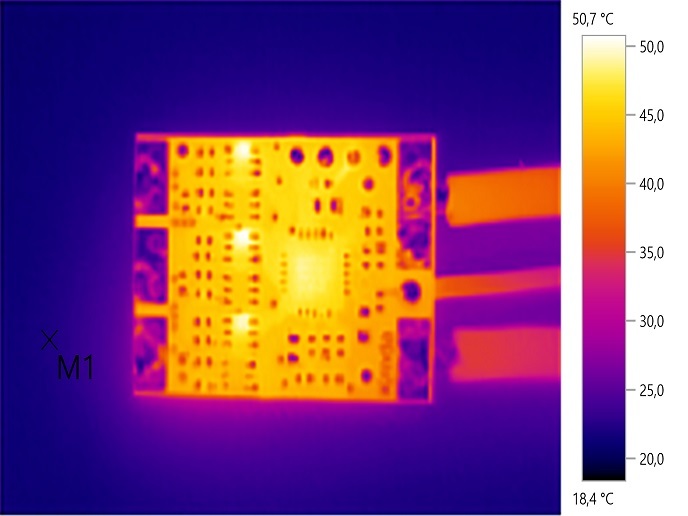Making movies of molecules in motion
High-harmonic generation — a prerequisite of attophysics — and free-electron lasers (FELs) emitting light pulses at the femtosecond timescale are fundamental tools for investigating microcosm dynamics. The EU-funded project 'Ultrafast dynamics using attosecond and XUV free electron laser sources' (ATTOFEL)(opens in new window) was initiated to establish collaborative research in these two fields. Fostering collaboration and training young scientists led to major breakthroughs in understanding the role of ultrafast electron dynamics in atomic physics, molecular physics and materials science. Exchange of knowledge though a number of project meetings created new opportunities for networking in the larger scientific community. This was reflected in a large number of collaborative research projects and corresponding publications. Experimental work included the design of a setup that allows laser-induced molecule alignment, generation of XUV radiation and careful spectroscopic characterisation. Except for aligned molecules, project partners probed the ultrafast dynamics of electron–ion recollisions as well as the electron dynamics in nitrogen, carbon dioxide and ethylene. Novel tools were designed to observe electronic motion at femto- and attosecond timescales. By using attosecond pulses, researchers measured ultrafast charge migration in a biomolecular building block. Other experiments concerned a series of polycyclic aromatic hydrocarbons. Coherent diffraction imaging enabled researchers to obtain portraits of 3D nanometre objects on a magnetic scattering ring. The use of ionisation gating and shaping of few-optical cycle pulses helped increase the intensity of isolated attosecond pulses by several orders of magnitude. Based on the newly developed high-power carrier-envelope phase (CEP)-stabilised laser oscillator, project partners achieved tremendous progress on the CEP precision and long-term reliability in amplified laser pulses. More efficient mechanisms for high-harmonic generation were also proposed and tested. Project activities contributed to strengthening the European position in attosecond and FEL research. Exchange of expertise in these fields created important benefits for all participating partners. Furthermore, the industrial partners quickly commercialised novel technologies.







